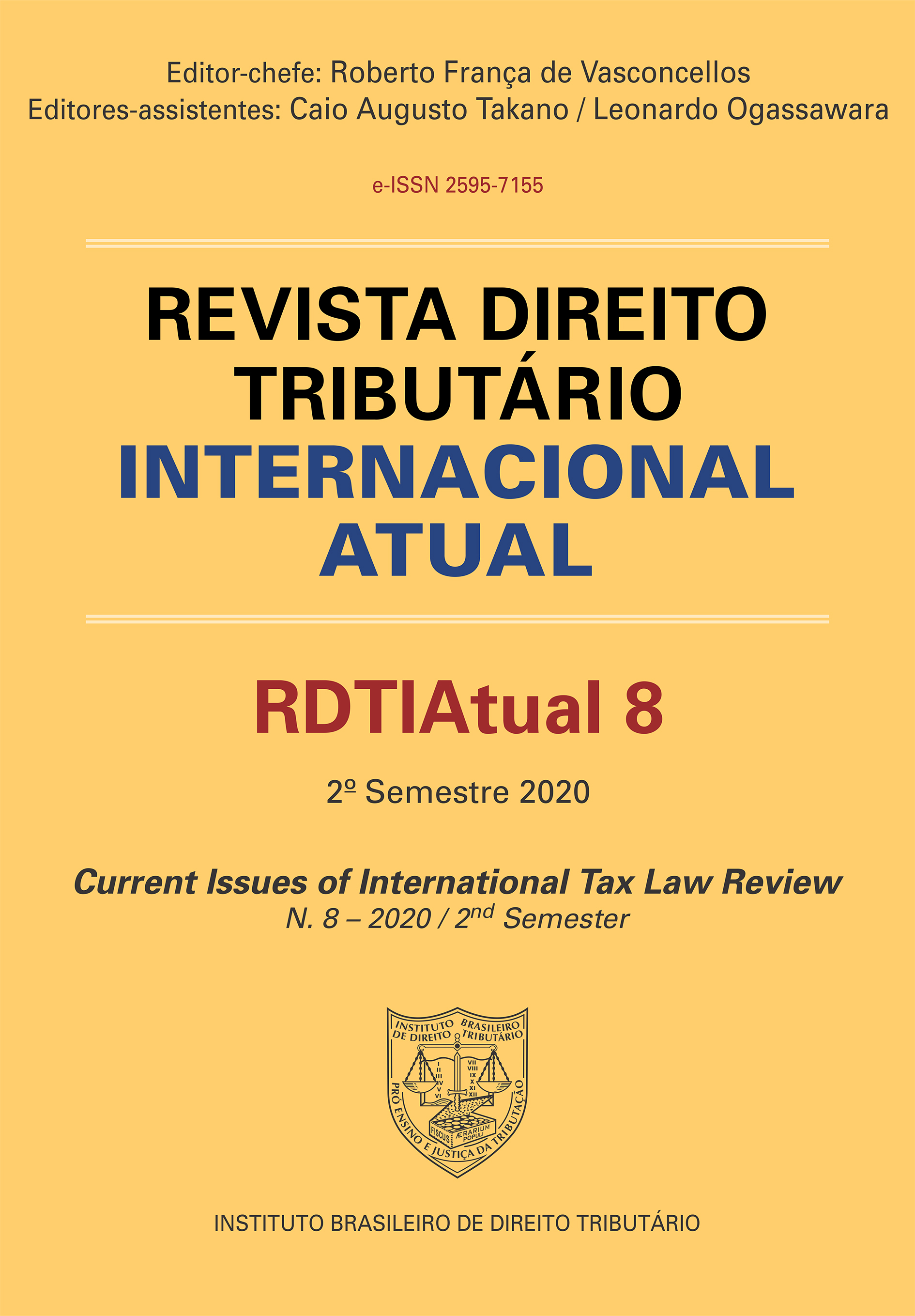THE POSSIBLE CONVERGENCE BETWEEN BRAZIL AND OECD IN TRANSFER PRICING – A TWO-WAY STREET
DOI:
https://doi.org/10.46801/2595-7155-rdtia-n8-2Keywords:
BRAZIL, OECD, ARM’S LENGTH, TRANSFER PRICINGAbstract
In most countries, the transfer pricing approach is driven by the arm’s length principle, which is founded on the idea of comparing the commercial transactions between associated enterprises with the transactions between independent enterprises. This perspective is advocated by the OECD, which in its transfer pricing guidelines always started from the arm’s length and from the concept of comparability to devise recommendations about the subject. The in-creasing challenges imposed by the digital economy to the rooted tax conceptions, however, raise doubts about the suitability of the arm’s length principle in a setting in which the comparison between associated and independent enterprises has become increasingly burdensome. Even though the OECD demonstrates a trend to highlight the arm’s length principle, it is possible to find signs of flexibilization. Whereas the Brazil has a legislation which does not expressly adopts the arm’s length and has control methodologies different from those defended by the OECD, this article proposes that the present moment is conducive to an exchange of experiences between the two transfer pricing approaches
Published
How to Cite
Issue
Section
License

This work is licensed under a Creative Commons Attribution-NonCommercial-ShareAlike 4.0 International License.
O autor (ou coautor) declara que o artigo submetido à avaliação, que segue em anexo, é de sua autoria, e inédito, comprometendo-se a não publicar este artigo em qualquer outro meio, impresso ou digital, mantendo a exclusividade para a Revista Direito Tributário Internacional Atual, cedendo, em caso de aprovação do trabalho, os direitos autorais à Revista para fins de publicação do trabalho nesta edição.





